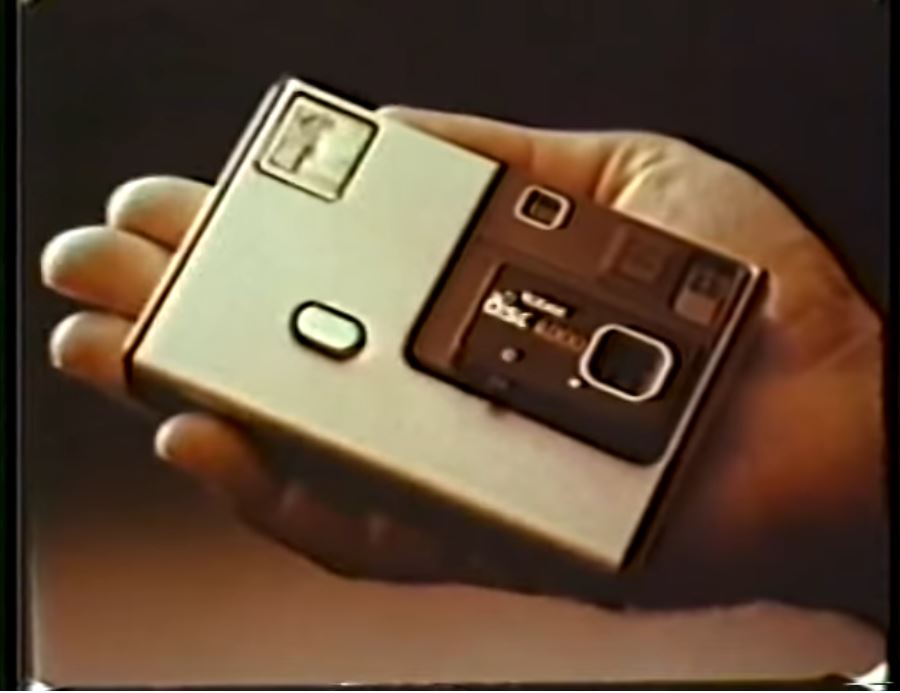While it didn’t really fly, the Disc film format introduced by Kodak in the early 1980s was an interesting and novel idea for its time.
We can fault Kodak for not directing its innovations to adapt to the digital age, but we definitely can’t deny that the company made some pretty significant contributions and interesting ideas to photography during its heydays. Case in point is the Disc film format and cameras, which today’s featured commercial reminds us about. While mostly forgotten by most, some vintage camera collectors still find it an item of interest.
Whether you’re hearing about the Kodak Disc Camera for the first time or simply need a refresher, the commercial below, shared by YouTube user robatsea2009, will surely do the trick. It presents the company’s main ideas for its new format: compact, fully automatic, and easy to use. With its ultra thin form, precision electronics, and the film’s unusual shape, it’s easy to see why this format was wildly popular and even seen as ahead of its time.
If it was that interesting and novel, how come it’s not as well-remembered as many of Kodak’s iconic cameras? What happened to the Disc format and the cameras?
First, a bit more info about the Disc film format and the cameras. According to camera-wiki, Kodak wanted to develop the Instamatic idea of foolproof loading and simple operation into a series of cameras that would work in all lighting conditions. Measuring 8×10.5mm, the negatives for this format were even smaller than the already tiny 110 film (13x17mm). They were arranged around the edge of a plastic holder to form a disc of 15 frames, then mounted in a light-proof cassette that is dropped into the camera. After taking a photo, the camera would rotate the disc for the next shot. The discs also included a magnetic strip that stored information about print settings for reprinting.
However, it was a case of the idea being interesting but the results didn’t deliver. The images were too grainy and had poor resolution due to the size of the negatives. Photo labs also mostly printed the images using optics designed for larger formats instead of the system especially designed by Kodak. It was also relatively pricey compared to other formats, especially since newer 35mm cameras were already producing better images and featured improved automation. Reliability problems, ironically, were also seen in the Disc film format. As a result, the Disc cameras went out of production in 1990 and most manufacturers stopped making the film shortly after, except for Kodak, which continued to make the films until 1999.
More about the Kodak camera in the video below:
In case you’re still interested in adding cameras from this forgotten format to your vintage collection, you can grab them for dirt cheap on eBay. We found two Kodak Disc sets for you to check out; a Kodak Disc 8000 complete with a zipper case and four Scotch Disc Film cartridges (expired 1989), and another Kodak Disc 8000 with accessories and wide angle and telephoto lenses.
Screenshot image from the video


